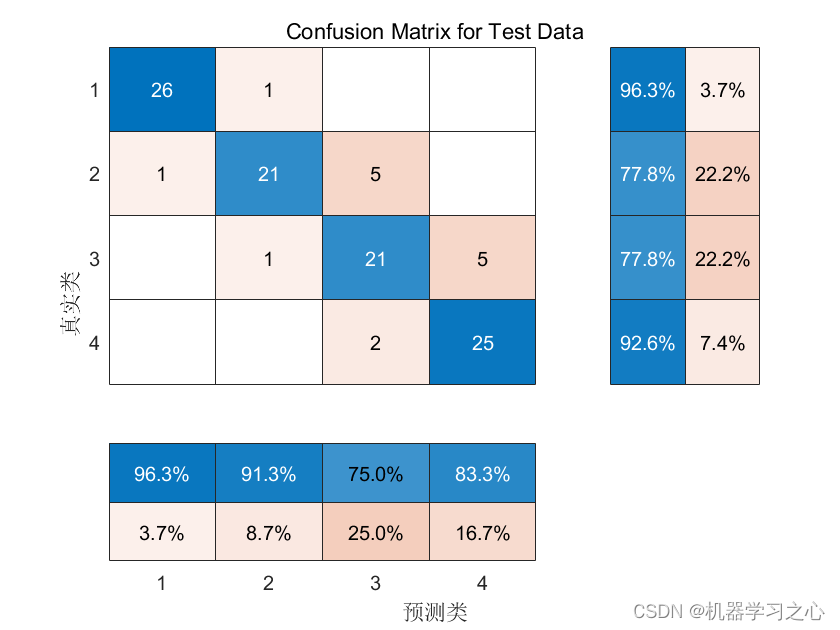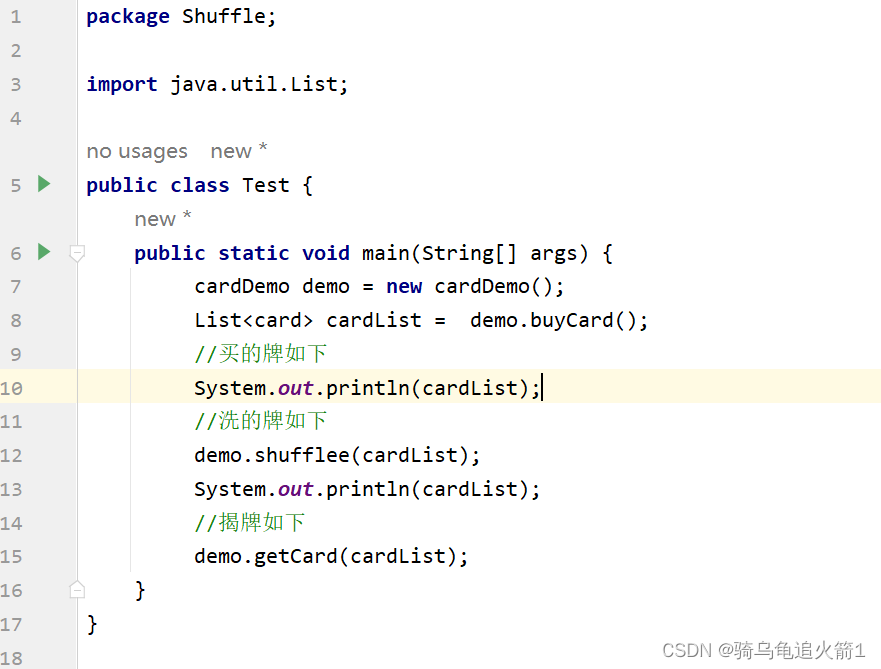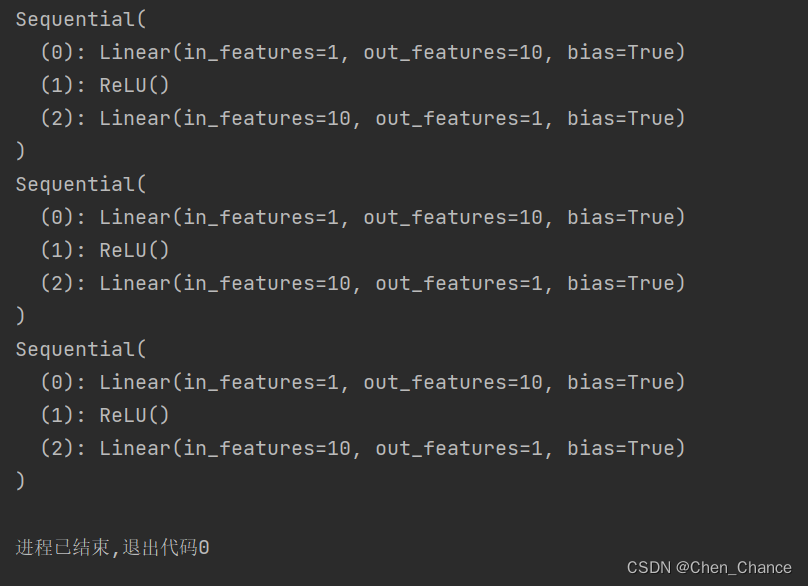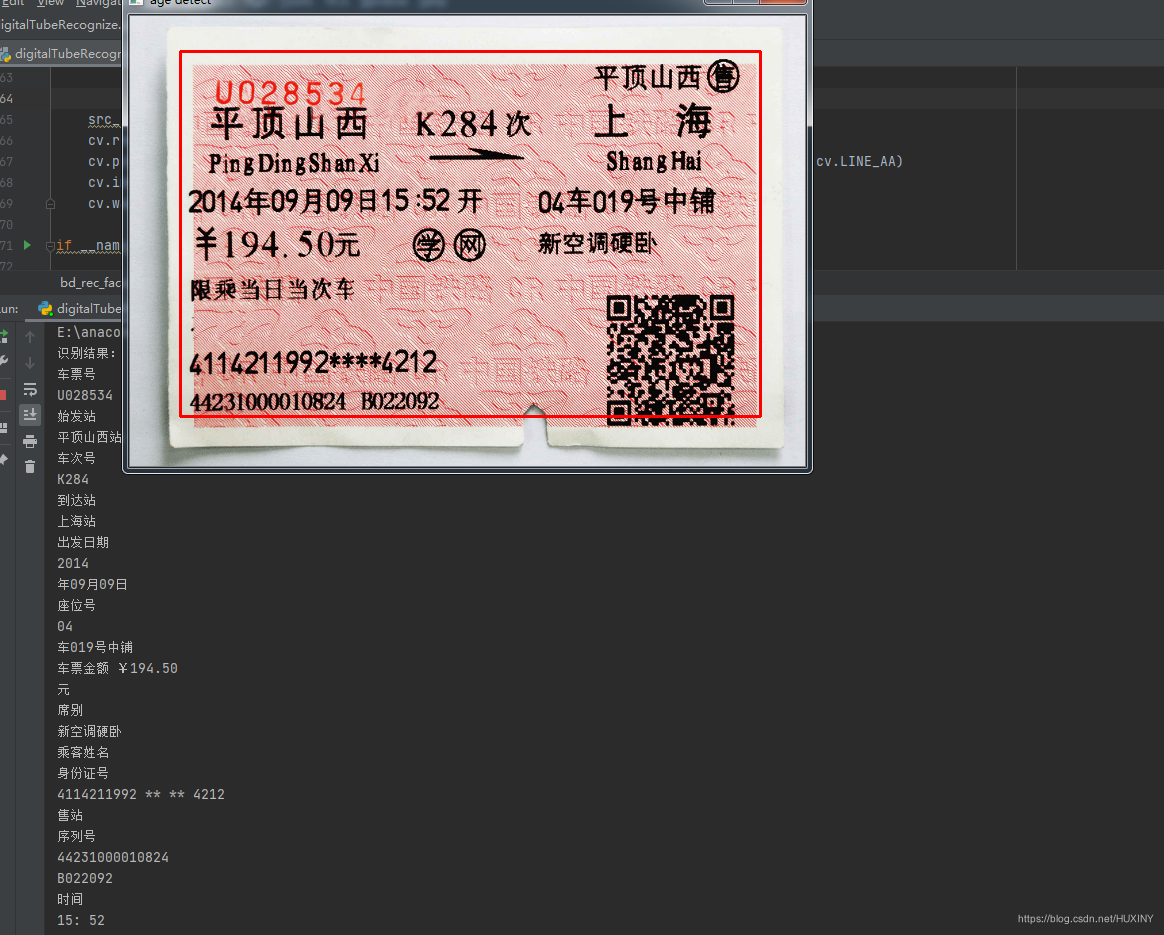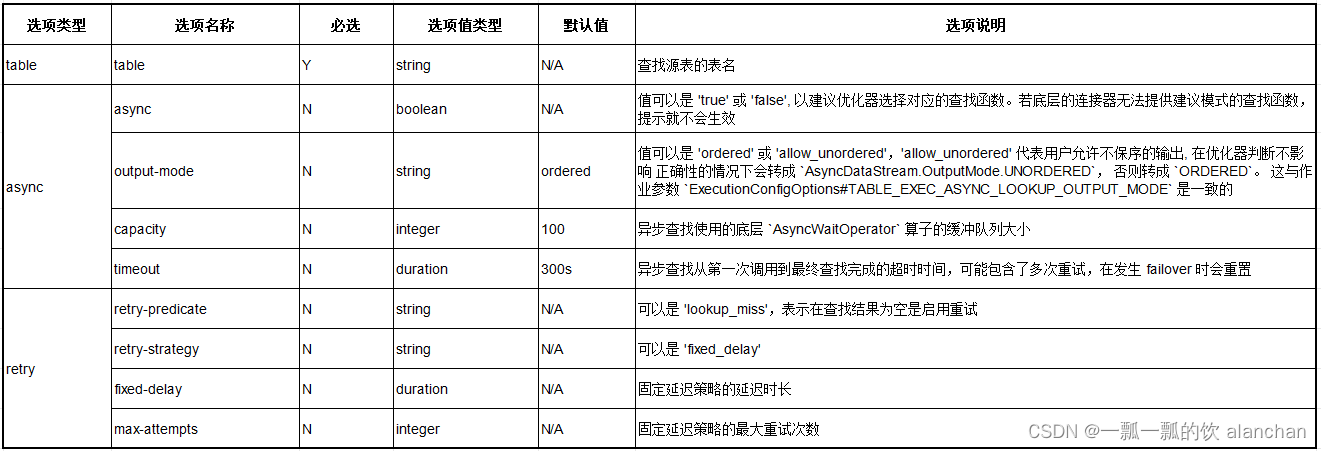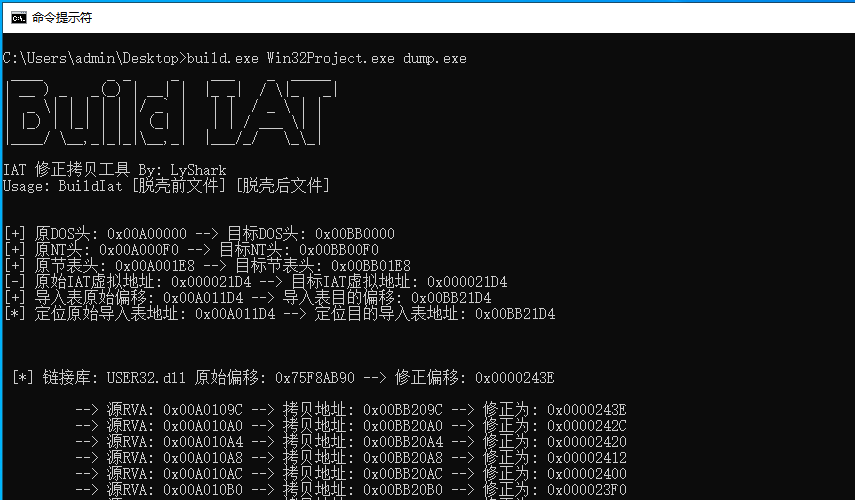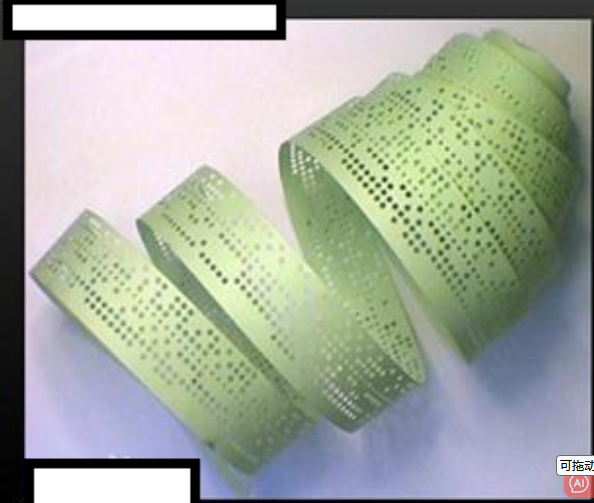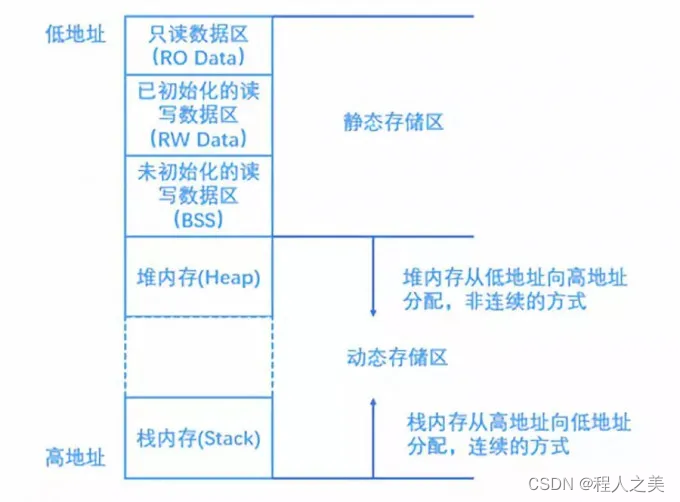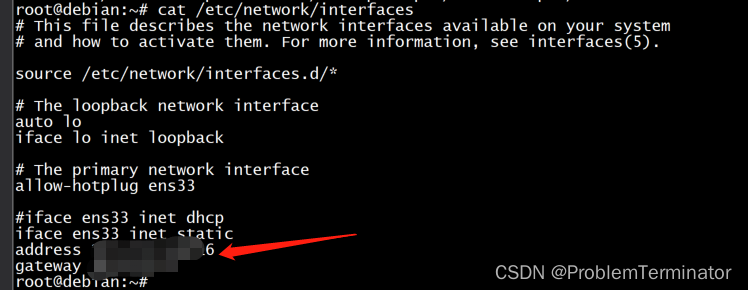BnB算法原理
分支定界算法始终围绕着一颗搜索树进行的,我们将原问题看作搜索树的根节点,从这里出发,分支的含义就是将大的问题分割成小的问题。
大问题可以看成是搜索树的父节点,那么从大问题分割出来的小问题就是父节点的子节点了。
分支的过程就是不断给树增加子节点的过程。而定界就是在分支的过程中检查子问题的上下界,如果子问题不能产生一比当前最优解还要优的解,那么砍掉这一支。直到所有子问题都不能产生一个更优的解时,算法结束。

算法实现(java)
由于比特币UTXO选择问题是一个NP难问题,因此我们可以使用Branch-and-Bound算法来解决它
首先,我们需要定义一个UTXO类来表示比特币的未花费交易输出。
public class UTXO {private String txID; //交易IDprivate int outputIndex; //输出索引private double value; //输出值//构造函数public UTXO(String txID, int outputIndex, double value) {this.txID = txID;this.outputIndex = outputIndex;this.value = value;}//获取交易IDpublic String getTxID() {return txID;}//获取输出索引public int getOutputIndex() {return outputIndex;}//获取输出值public double getValue() {return value;}
}接下来,我们定义一个UTXO选择器类来实现Branch-and-Bound算法。
public class UTXOSelector {private List<UTXO> utxos; //未花费交易输出列表private double targetValue; //目标值private List<UTXO> selectedUTXOs; //已选择的未花费交易输出列表private double selectedValue; //已选择的输出值private double bestValue; //最优输出值private List<UTXO> bestUTXOs; //最优未花费交易输出列表//构造函数public UTXOSelector(List<UTXO> utxos, double targetValue) {this.utxos = utxos;this.targetValue = targetValue;this.selectedUTXOs = new ArrayList<>();this.selectedValue = 0;this.bestValue = 0;this.bestUTXOs = new ArrayList<>();}//选择未花费交易输出public void selectUTXOs() {selectUTXOs(0, utxos.size());}//选择未花费交易输出的子集private void selectUTXOs(int startIndex, int endIndex) {//如果已选择的输出值已经大于等于目标值,则更新最优解if (selectedValue >= targetValue) {if (selectedValue < bestValue || bestValue == 0) {bestValue = selectedValue;bestUTXOs = new ArrayList<>(selectedUTXOs);}return;}//如果已经遍历到了最后一个未花费交易输出,则结束if (startIndex >= endIndex) {return;}//选择当前未花费交易输出UTXO currentUTXO = utxos.get(startIndex);selectedUTXOs.add(currentUTXO);selectedValue += currentUTXO.getValue();//递归选择下一个未花费交易输出selectUTXOs(startIndex + 1, endIndex);//撤销选择当前未花费交易输出selectedUTXOs.remove(currentUTXO);selectedValue -= currentUTXO.getValue();//跳过当前未花费交易输出selectUTXOs(startIndex + 1, endIndex);}//获取最优未花费交易输出列表public List<UTXO> getBestUTXOs() {return bestUTXOs;}//获取最优输出值public double getBestValue() {return bestValue;}
}最后,我们可以使用UTXO选择器类来选择未花费交易输出。
public static void main(String[] args) {List<UTXO> utxos = new ArrayList<>();utxos.add(new UTXO("tx1", 0, 1.0));utxos.add(new UTXO("tx2", 0, 2.0));utxos.add(new UTXO("tx3", 0, 3.0));double targetValue = 4.0;UTXOSelector selector = new UTXOSelector(utxos, targetValue);selector.selectUTXOs();List<UTXO> bestUTXOs = selector.getBestUTXOs();double bestValue = selector.getBestValue();System.out.println("Best UTXOs:");for (UTXO utxo : bestUTXOs) {System.out.println(utxo.getTxID() + ":" + utxo.getOutputIndex() + " = " + utxo.getValue());}System.out.println("Best Value: " + bestValue);
}输出结果如下:Best UTXOs:
tx1:0 = 1.0
tx2:0 = 2.0
Best Value: 3.0相关链接
Coin Selection for Dummies: Part 2-Branch and Bound Coin Selection
分支定界算法 - 知乎



